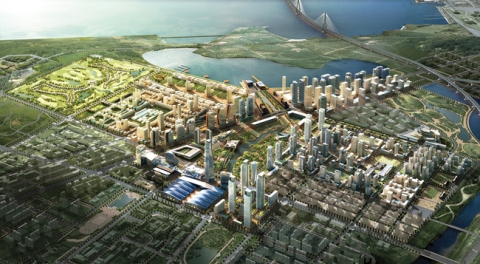Recently, Cobo wrote a blog about the tech giant, Apple, looking into the automobile market. Apparently, they are trying to get “project Titan” up and running by 2019, but have not said exactly what that entails. Whether is is a vehicle of their own, or technology to sell to automobile companies, is unknown. However, we do know they have 600 engineers working on this and more than enough money to fund it. It should also be noted that Apple makes returns of 40% on their iPhones, so the figures would have to be similar to justify the transition into the automobile industry. I commented on Cobo’s blog and asked if he thinks they should make this move?
Personally, I believe an Apple car would be very popular, but I can’t see them ever getting the same profit margins (40%) as their iPhones. BMW earns the highest margin and only gets 20%. If Apple thinks they will be able to double that, then they are sorely mistaken. Yes, people love Apple and their products, but to get 40% their selling price for the vehicles would have to be extremely high. People are willing to buy an expensive phone, but those same people may not be able to afford an expensive car. Also, Apple is new to the industry, which will create a lot of roadblocks to become a premier automobile manufacturer. I think they could still enter the industry and do well, but not 40% well. They might also find more success in developing and selling technology to other companies.



